

In the early 20th century, New Zealand’s flax industry was a significant money earner, supplying fibre for the world’s rope and linen trade, but the advent of non-renewable synthetic fibres made ...
READ MORE

We may be aware of the conservation problems facing kiwi, tuatara, hoiho (yellow-eyed penguin), kākāpo and black robin, but what do we know about the unique challenges faced by New Zealand fungi ...
READ MORE

In an age where we are becoming increasingly concerned about bacterial evolution and the effectiveness of antibiotics, there is an on-going need for novel antimicrobial compounds to outwit ...
READ MORE
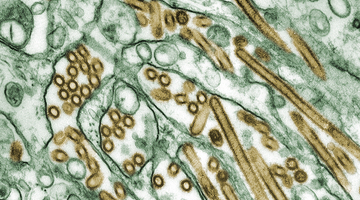
In this activity, students research and summarise the key features of bacteria, viruses and fungi. By the end of this activity, students should be able to: draw basic microorganisms describe the ...
READ MORE

Infographics combine text with graphic images. Their key feature is simplicity – getting a message across in a manner that is easy to visualise and understand. Infographics consist of three ...
READ MORE
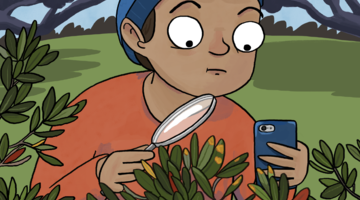
Myrtle rust is a serious biosecurity threat, and help is needed to monitor its spread. This citizen science project aims to gather information on the location, hosts and intensity of this fungal ...
READ MORE
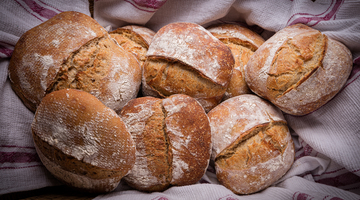
Capture wild microbes and turn them into bread – for science! This is a project you could do with your students in the classroom or they can do at home. Microbes are found in every environment on ...
READ MORE
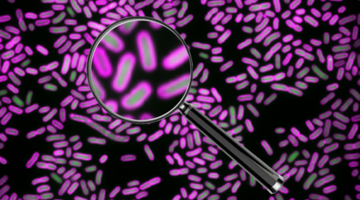
Help this global project to develop a faster test for antibiotic resistance by looking inside bacteria that have been treated with antibiotics. This will improve healthcare for patients with ...
READ MORE

Science is about discovery, curiosity and observation. Two key outcomes of any activity can simply be enjoyment and the conversations that arise from the experience. Take advantage of young ...
READ MORE
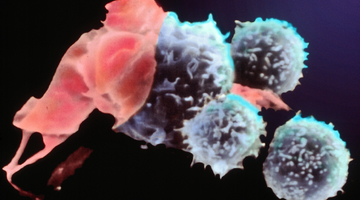
Our bodies have a defence system against pathogens that make us sick. This defence system is made up of cells, tissues and organs that work together to protect us. It is known as the immune ...
READ MORE

Students investigate silage production and test a stream to see if run-off from silage is polluting it. Students then produce a pamphlet of their findings to educate the community. Purpose To ...
READ MORE
Dr Wendy Williamson of ESR’s water management team explains that viruses are extremely small infectious particles that need to infect cells in order to replicate themselves. Viruses infect every ...
READ MORE
Dr Peter Buchanan, of Landcare Research NZ Ltd, talks about the particular dilemmas faced in conserving native fungi. While many of our fungi are endangered, they also cause disease, sometimes on ...
READ MORE
Dr Peter Buchanan, of Landcare Research NZ Ltd, describes the role of fungi as decomposers and in causing disease.
READ MORE

An interactive that shows how early Māori used different fungi for food and medicine.
READ MORE

He mahi pāhekoheko e whakaata ana i te whakamahi a ngāi Māori o nehe i te hekaheka hei kai, hei rongoā anō. Hei tirotiro i te roanga atu o ngā kōrero, ka pāwhiri ai ki ia pouaka whai tapanga ...
READ MORE
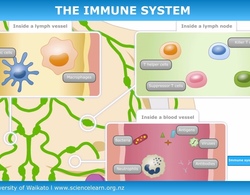
This interactive explains the different cells, microorganisms and molecules involved in the human immune system. Click on the labels for more information. Select here to view the full transcript ...
READ MORE